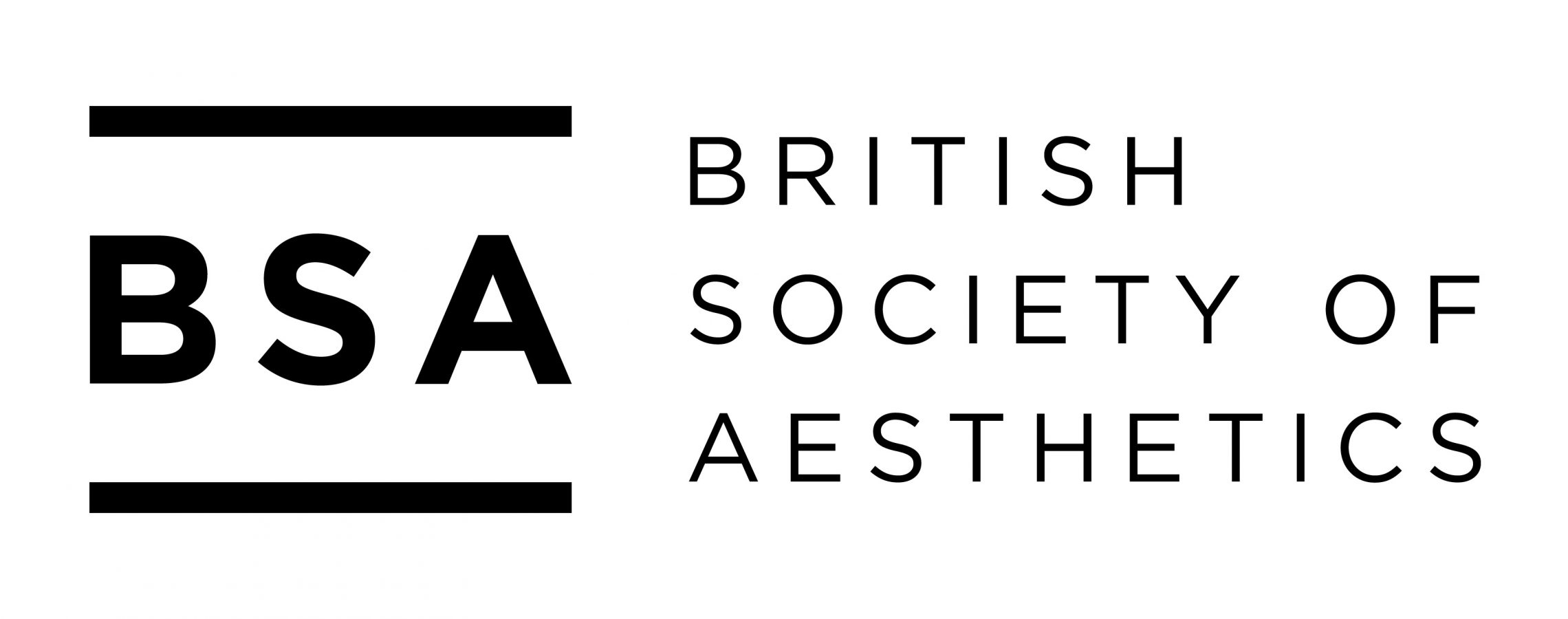An interdisciplinary research talk offered by the Department of Philosophy in association with History of Art and the Humanities Research Centre at the University of York
Of potential interest to those with an interest in, for example:
– the history of colour and ways of conceptualising this;
– Goethe and Newton;
– Hokusai, Hiroshige and Japanese wood block prints;- debates about the separate emergence of closely related ideas or discoveries in different geographical spaces vs the mappable dissemination of those ideas;
– creativity.
———————————–
‘Border Spectra in the Skies of Hokusai and Hiroshige.
Japanese Traces of Newton or Goethe? A Colour Mystery’
Professor Olaf Mueller (Philosophy, Humboldt University, Berlin)
5.30 – 6.30pm, Thursday 19 Feb 2015
Bowland Auditorium
All welcome.
In his earliest prismatic experiments (1665), the young Newton discovered the two border spectra (black-blue-turquoise/cyan-white; white-yellow-red-black). Newton chose to ignore them in his celebrated theory of light and colours (1672), as he took them to be derivative phenomena. In Goethe’s Beyträge zur Optik (1791/2) and in his Farbenlehre (1808/10), they regained prominent attention. To the human eye, their colours appear much cleaner than the colours of Newton’s spectra – particularly in the case of yellow and turquoise. This undeniable phenomenological fact, however, has not added strength to Goethe’s attack on Newton’s theory. Are, then, the border spectra perhaps prominent in the art of painting? Not in European art. But they make a surprise appearance in the art of Japanese ukiyo-e. Many of Hokusai’s and Hiroshige’s prints have skies with the colour sequence black-blue-turquoise-white, arranged in parallel stripes. I find this remarkable, for it is a combination of colours that exactly matches one of the two border spectra. With such a precise geometrical arrangement, it occurs only in quite specific prismatic experiments and not outside the lab. At that time, Japan was isolated from European influences. Were the border spectra discovered for a second time? That is one of the questions I want to raise in my paper. I will end the paper with a few remarks on the aesthetic effects of those colours in ukiyo-e woodblock prints.
Olaf L. Mueller studied philosophy, mathematics, computer science, and economics in Goettingen (Germany) and Los Angeles (UCLA). He teaches analytic philosophy at the Humboldt University (Berlin). In his books, he argues against Quine’s philosophy of language (1998), against skepticism (2003), in favour of metaphysics (2003), in favour of moral observation (2008), and in favour of Goethe’s attack on Newton’s optics (March 2005). In his papers, he defends freedom against the neurosciences, pacifism against adherents of just war, and dualism against materialism.
